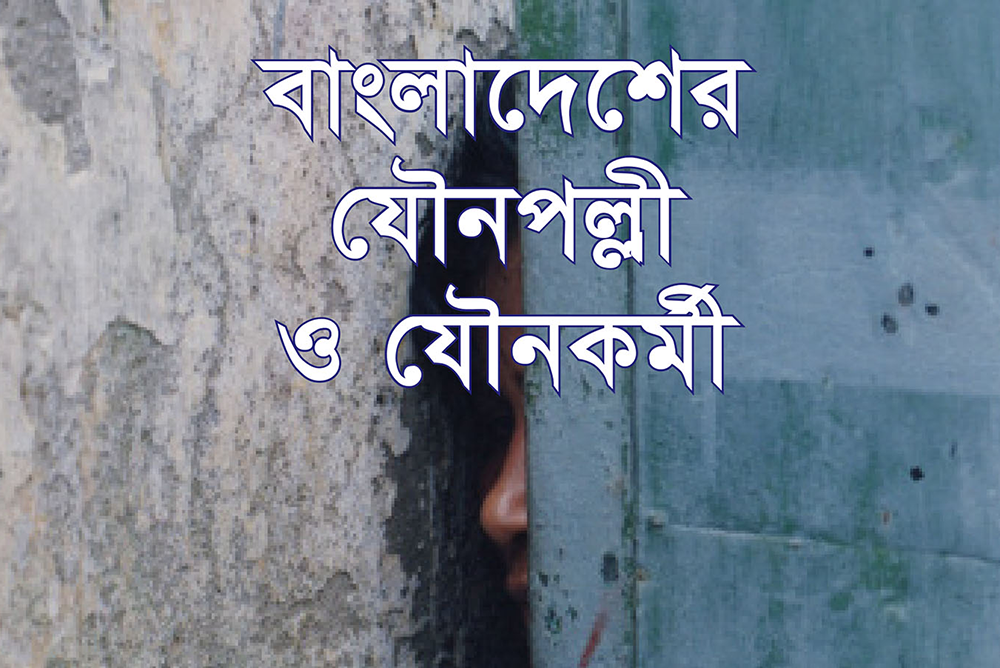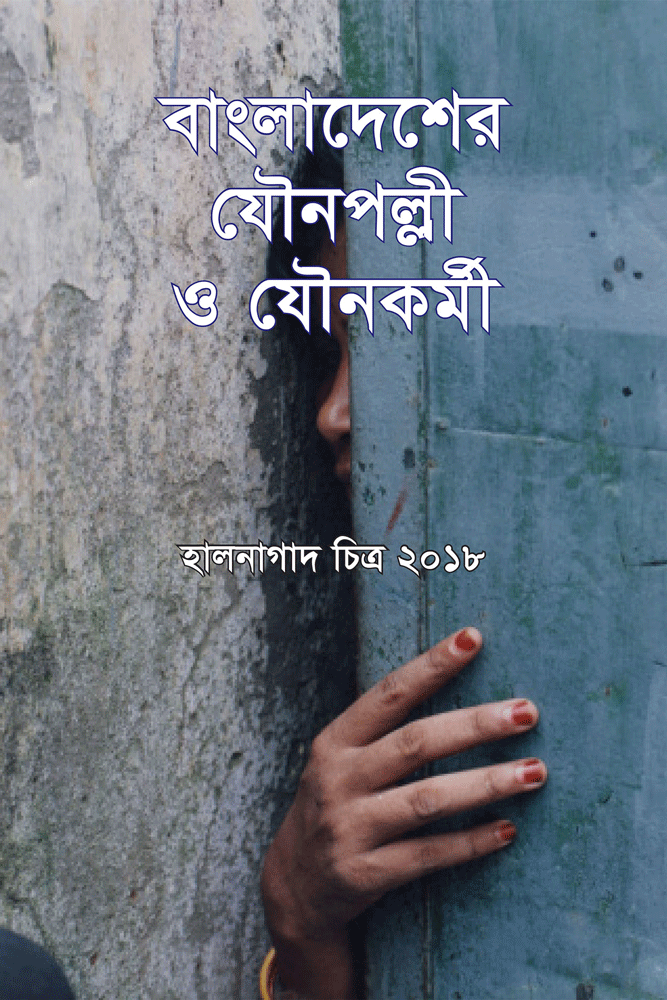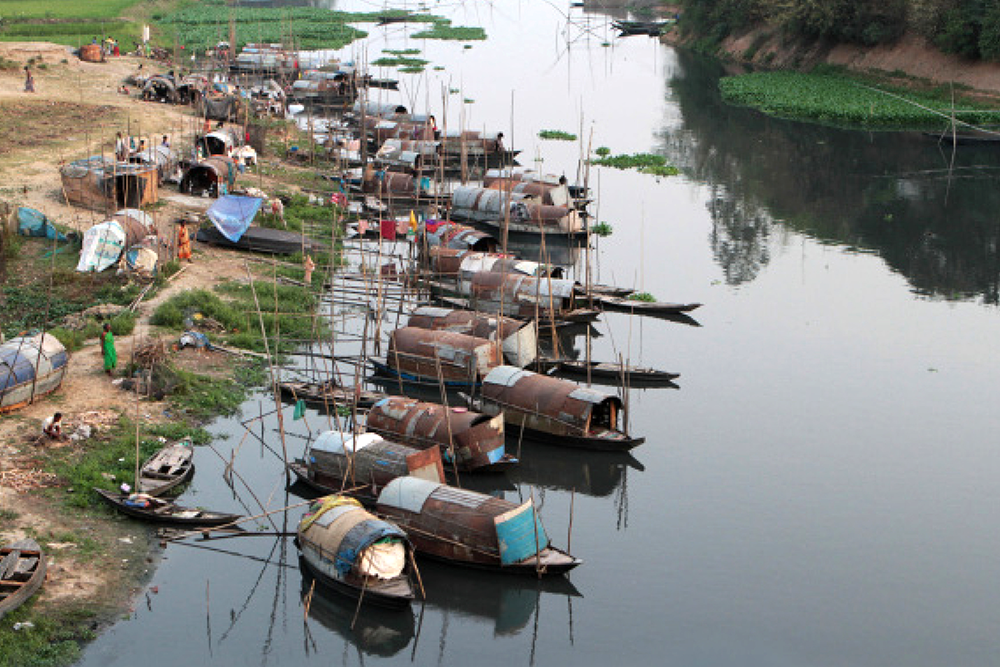
Bede: A Nomadic Existence
By Dr. Hossain Zillur Rahman and Sabrina Miti Gain
Published by Society for Environment and Human Development (SEHD)
Published 2019, English, PBK, 64 page
Tk.100/US$5
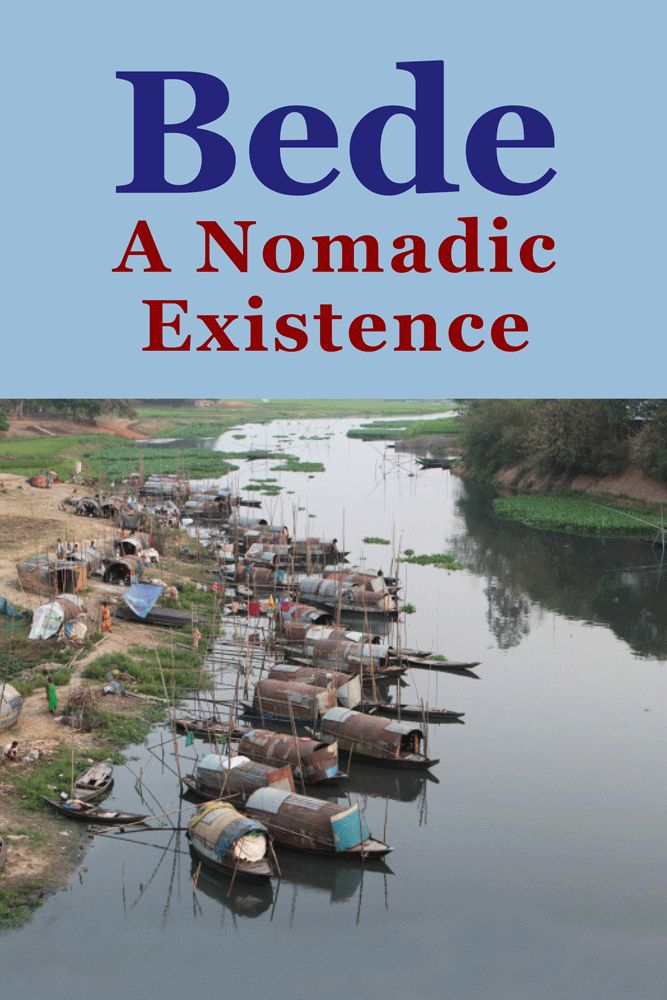 The Bede is a Muslim nomadic community that travels around the country to earn a living. Generally every year (during Eid-ul-Adha and/or elections), they gather in 75 locations of the country to meet their families and community members for one to two months. A floating people, the majority of the Bede is completely landless. Before modernisation, the Bede was highly regarded in Bangladesh society because of the service they provided to millions of people. As healthcare and medicines became more accessible and relatively cheaper, the traditional occupations of the Bede started to decline.
The Bede is a Muslim nomadic community that travels around the country to earn a living. Generally every year (during Eid-ul-Adha and/or elections), they gather in 75 locations of the country to meet their families and community members for one to two months. A floating people, the majority of the Bede is completely landless. Before modernisation, the Bede was highly regarded in Bangladesh society because of the service they provided to millions of people. As healthcare and medicines became more accessible and relatively cheaper, the traditional occupations of the Bede started to decline.
The Bede is now poverty-stricken with extremely low literacy rate. Most of them have abandoned their boats. They roam around the country and live temporarily in tents they set on private or khas (public) land. It is a big challenge for the roving Bede to settle permanently on land, a common desire.
Power and Participation Research Centre (PPRC) and SEHD carried out a study in 14 Bede settlements with a population of 55,408 in eight districts around the country. SEHD carried an investigation on their condition and struggle. The monograph presents findings on demographic and socio-economic conditions of the community, which is a valuable addition to the academic and public discourse on social exclusion of the Bede in Bangladesh.

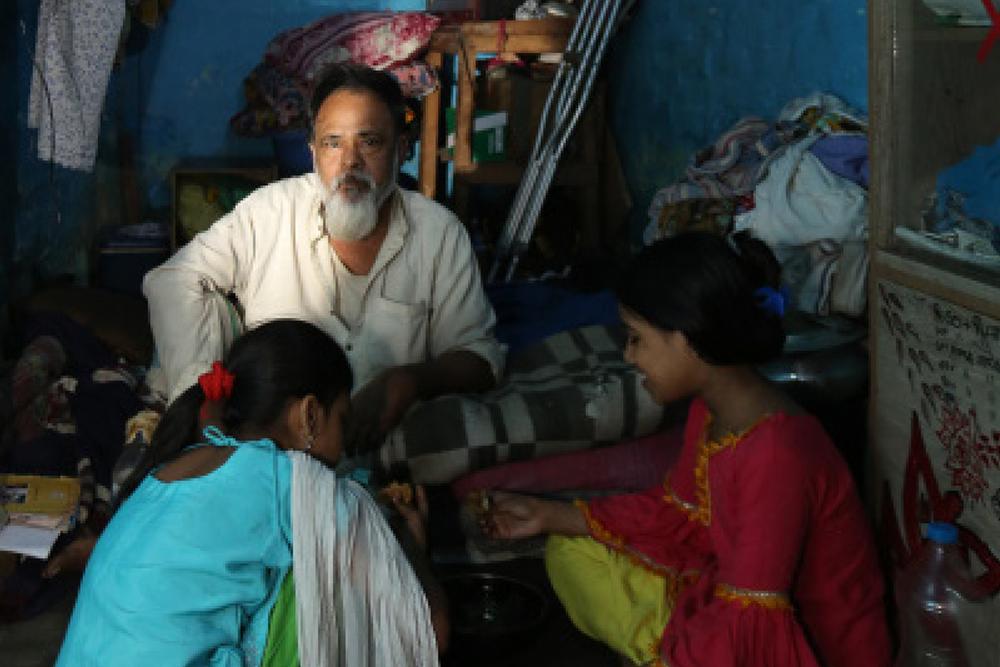
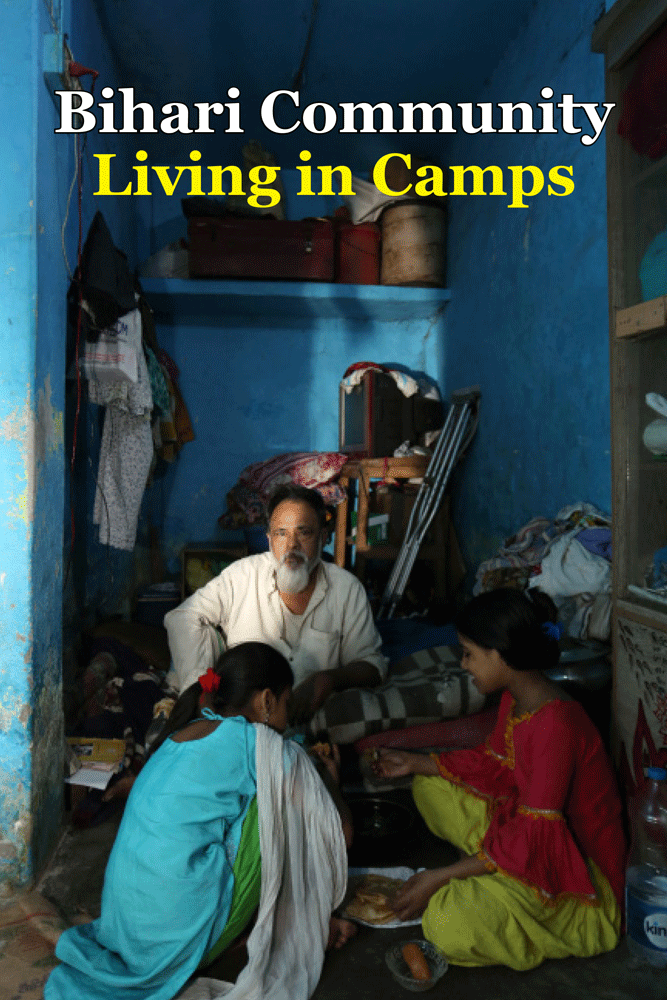 The Biharis are a Urdu-speaking Muslim minority community living in 70 camps in 13 districts of Bangladesh. They migrated from several states of India including Bihar at the time of partition of India. Still prejudiced by many and excluded by the larger society for their role in the independence war of Bangladesh, the majority of the Biharis live in congested and overpopulated camps where the rooms have expanded vertically for lack of space. Three or more generations of a Bihari family live in one tiny room where they sleep, cook and keep their belongings. Now officially recognized as citizens of Bangladesh, they are still deprived of many of their basic rights.
The Biharis are a Urdu-speaking Muslim minority community living in 70 camps in 13 districts of Bangladesh. They migrated from several states of India including Bihar at the time of partition of India. Still prejudiced by many and excluded by the larger society for their role in the independence war of Bangladesh, the majority of the Biharis live in congested and overpopulated camps where the rooms have expanded vertically for lack of space. Three or more generations of a Bihari family live in one tiny room where they sleep, cook and keep their belongings. Now officially recognized as citizens of Bangladesh, they are still deprived of many of their basic rights.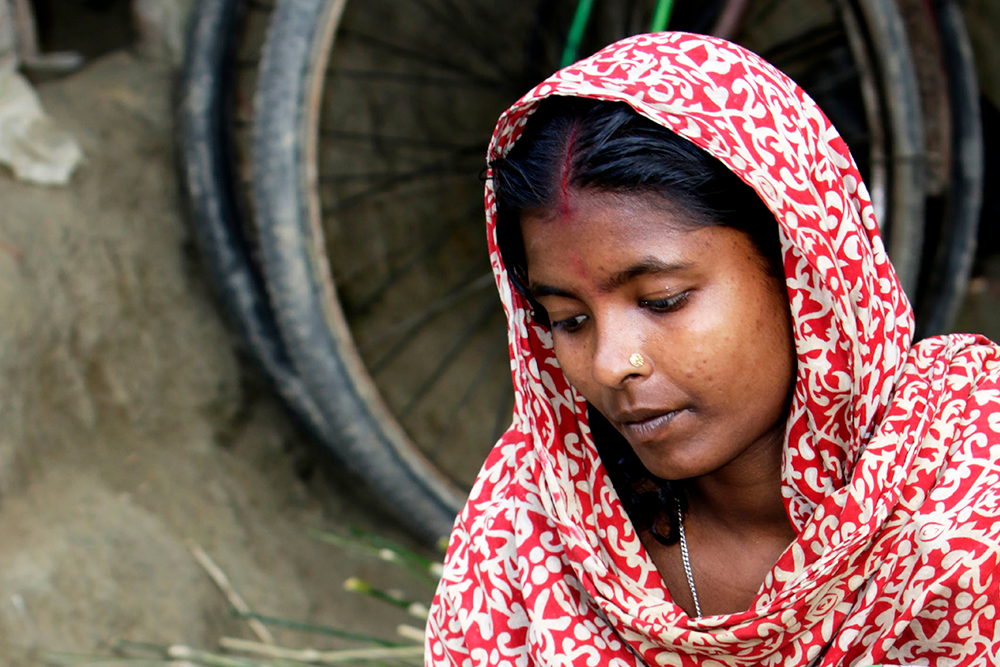
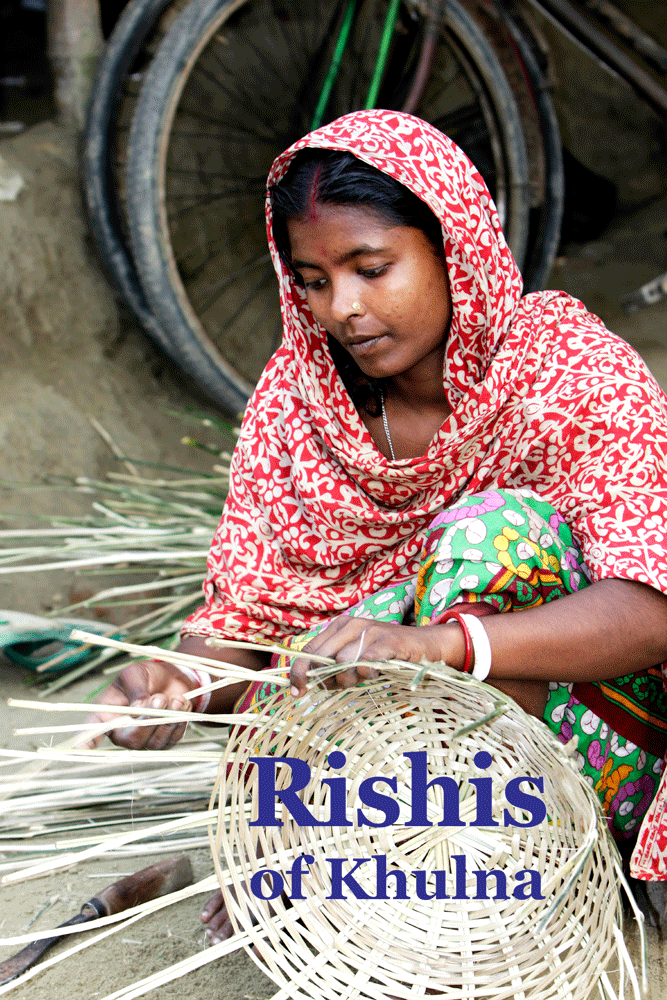 The Rishis are among the largest ‘untouchable’ or ‘Dalit’ communities in the Hindu world. They are lower caste Hindus who were traditionally skinners, leather workers and musicians. They are also known as Muchi, Chamar or Charmakar, which are considered derogatory terms for the community. Their traditional occupations of making and sewing shoes and skinning animals are considered impure and dirty. Even in this modern era, they are socially excluded because of their name and traditional way of living. In Bangladesh, the Rishis live in almost every district of Bangladesh with their highest concentration in Khulna division. The Rishis are still treated as ‘untouchables’ in some districts of the country.
The Rishis are among the largest ‘untouchable’ or ‘Dalit’ communities in the Hindu world. They are lower caste Hindus who were traditionally skinners, leather workers and musicians. They are also known as Muchi, Chamar or Charmakar, which are considered derogatory terms for the community. Their traditional occupations of making and sewing shoes and skinning animals are considered impure and dirty. Even in this modern era, they are socially excluded because of their name and traditional way of living. In Bangladesh, the Rishis live in almost every district of Bangladesh with their highest concentration in Khulna division. The Rishis are still treated as ‘untouchables’ in some districts of the country.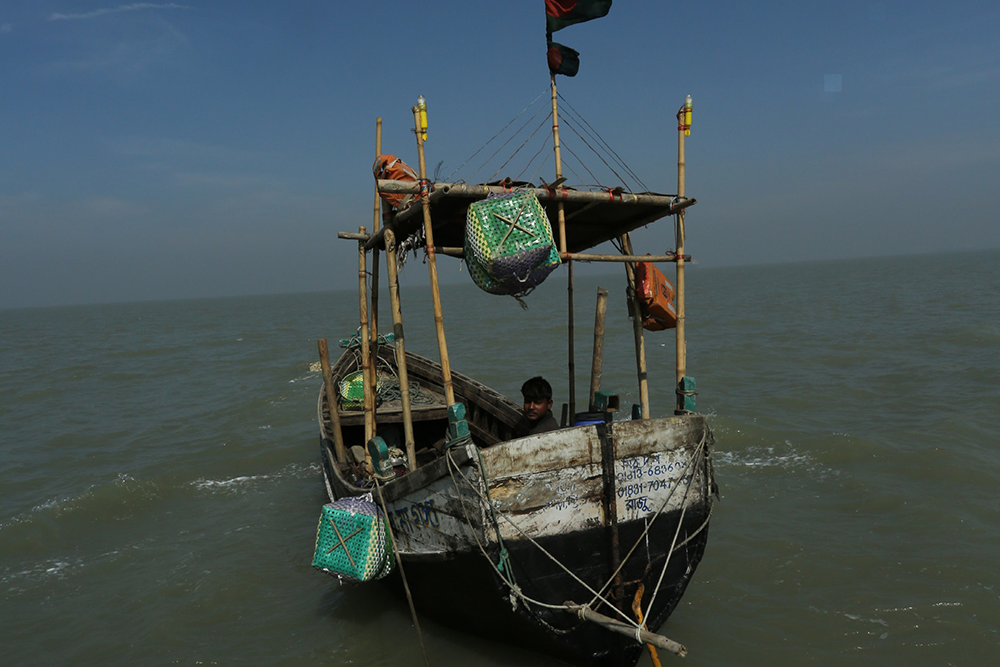
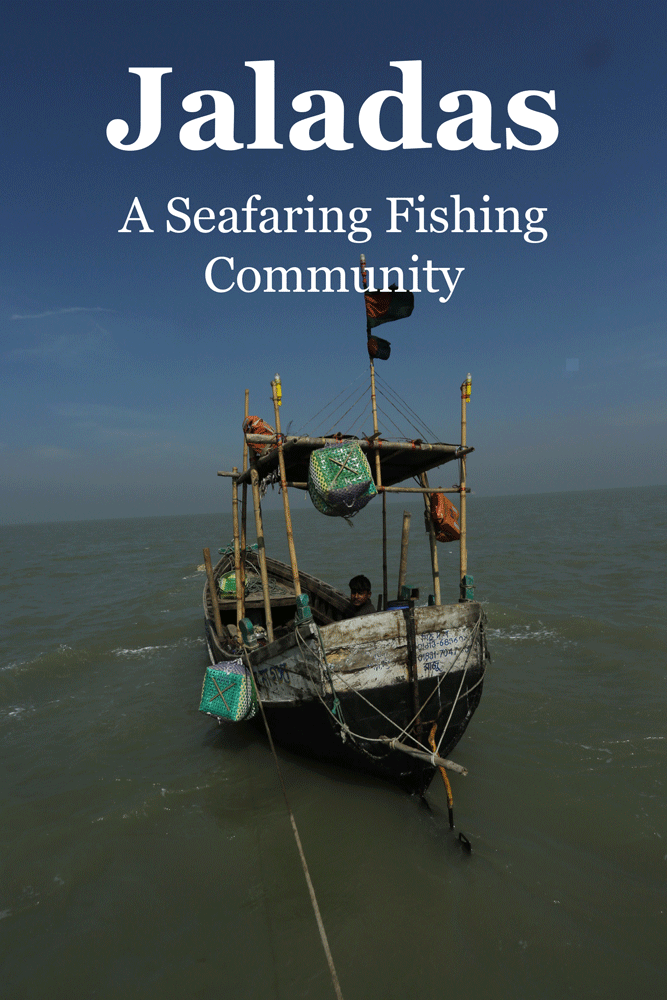 The Jaladas is a seafaring fishing community. They belong to lower caste Hindu community and are concentrated primarily in the coasts of Cox’s Bazar and Chattogram districts. They have been living in secluded villages in these coastal districts for centuries. The Jaladas have their own distinctive cultural and social practices. However, they are a community extremely marginalized and vulnerable and are exposed to natural calamities. The fishers who venture the rough sea sometimes lose lives. Besides, fishing opportunities have drastically deceased for the Jaladas community for various reasons including grabbing of fishing grounds by non-traditional fishers and piracy. As a consequence, many have to either change their traditional way of living or become unemployed. With almost no access to higher education or formal occupations, they have little scope to migrate out of extreme poverty.
The Jaladas is a seafaring fishing community. They belong to lower caste Hindu community and are concentrated primarily in the coasts of Cox’s Bazar and Chattogram districts. They have been living in secluded villages in these coastal districts for centuries. The Jaladas have their own distinctive cultural and social practices. However, they are a community extremely marginalized and vulnerable and are exposed to natural calamities. The fishers who venture the rough sea sometimes lose lives. Besides, fishing opportunities have drastically deceased for the Jaladas community for various reasons including grabbing of fishing grounds by non-traditional fishers and piracy. As a consequence, many have to either change their traditional way of living or become unemployed. With almost no access to higher education or formal occupations, they have little scope to migrate out of extreme poverty.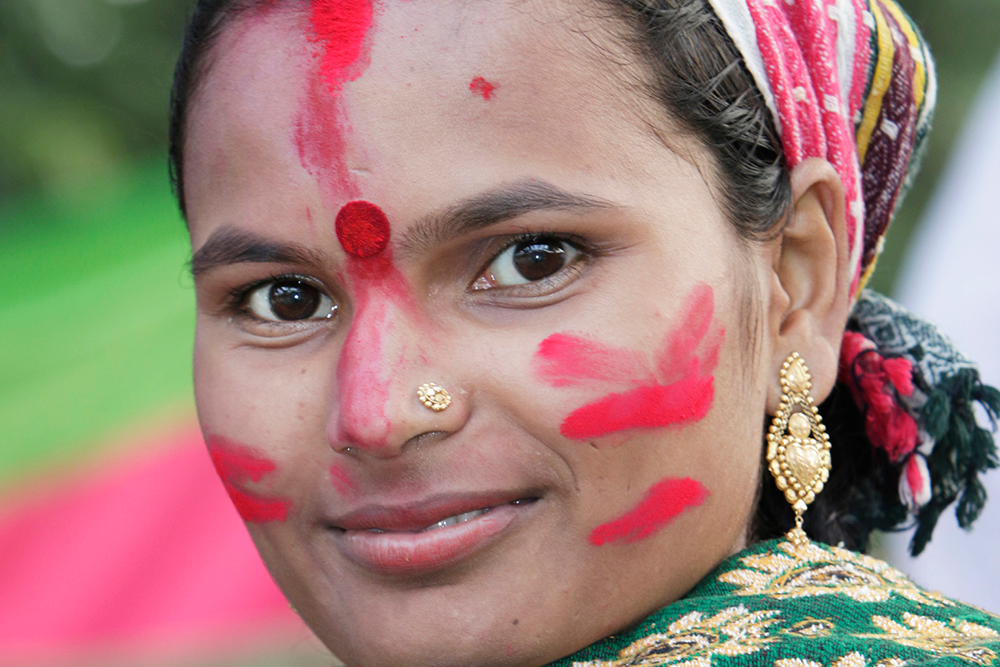
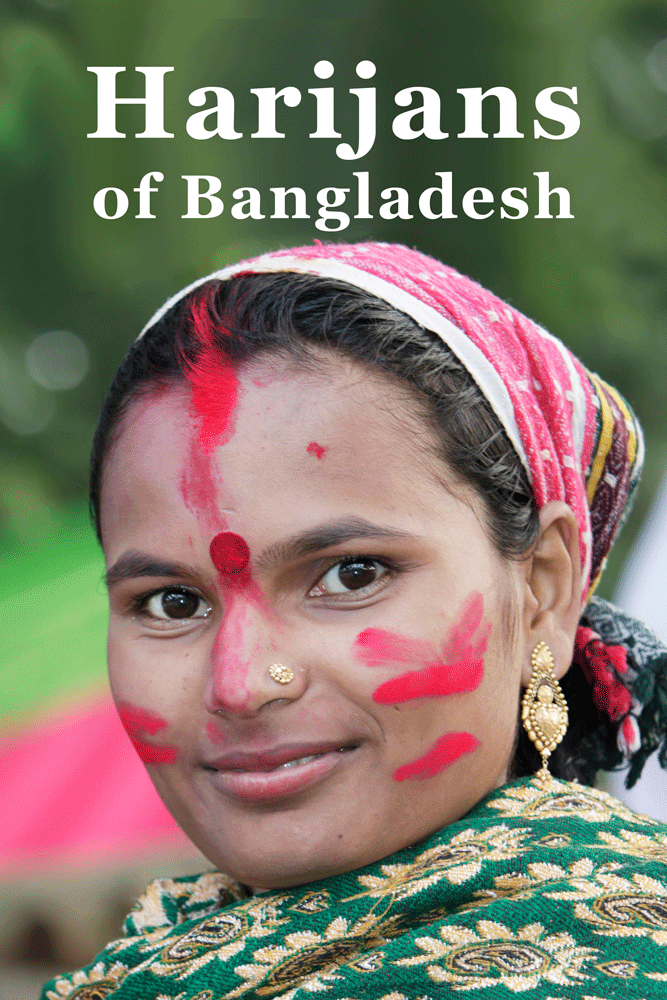 The Harijans are an occupational group or community who are considered as the fifth category outside four Varnas in the Hindu Casteism. They had been brought to their current locations from different parts of India during the British colonial rule. They traditionally work as ‘sweepers’ or cleaners under the city corporations and municipalities of Bangladesh. To date the Harijans face severe social discrimination and many treat them as ‘untouchables’. They are often termed as methor to belittle and disrespect their occupation of cleaning garbage and dirt. On top of social discrimination, they face severe economic exploitation. Even the young educated Harijans cannot enter new occupations because of their identity.
The Harijans are an occupational group or community who are considered as the fifth category outside four Varnas in the Hindu Casteism. They had been brought to their current locations from different parts of India during the British colonial rule. They traditionally work as ‘sweepers’ or cleaners under the city corporations and municipalities of Bangladesh. To date the Harijans face severe social discrimination and many treat them as ‘untouchables’. They are often termed as methor to belittle and disrespect their occupation of cleaning garbage and dirt. On top of social discrimination, they face severe economic exploitation. Even the young educated Harijans cannot enter new occupations because of their identity. 